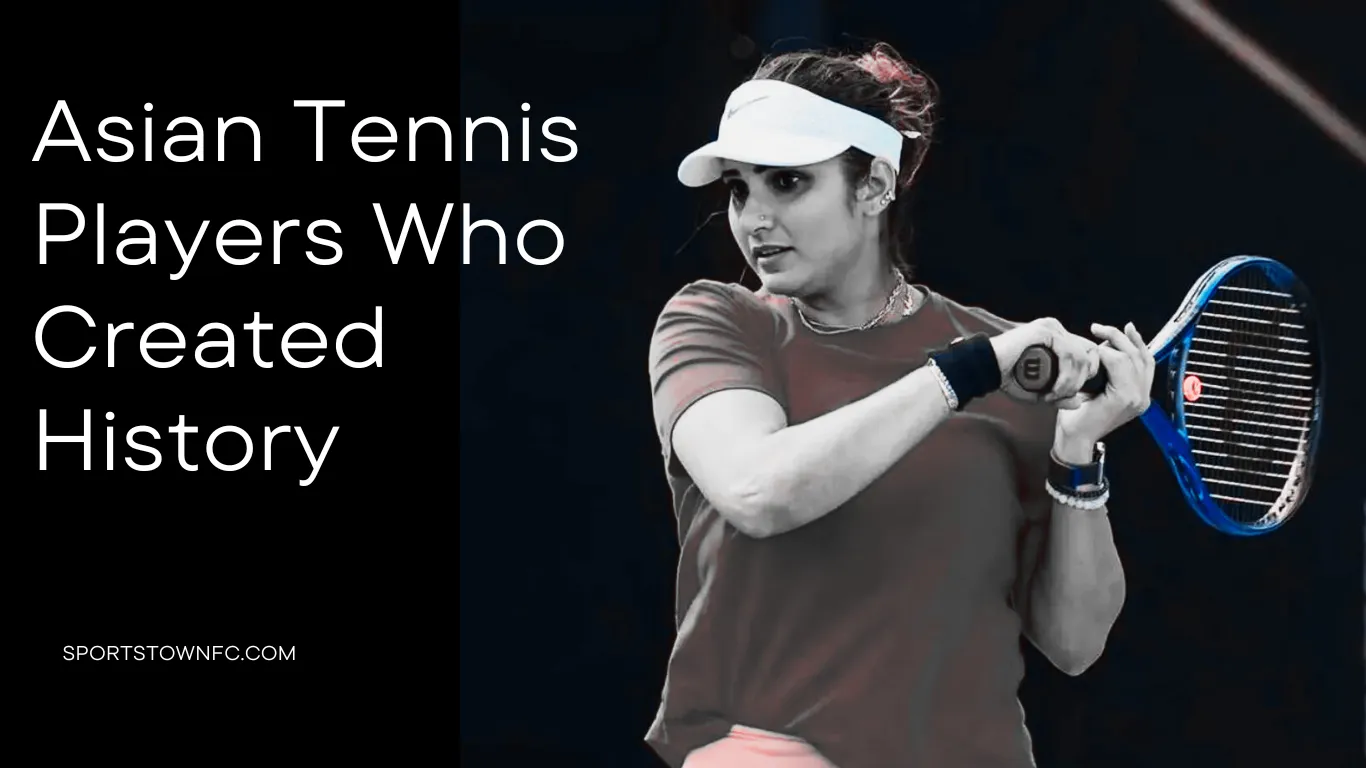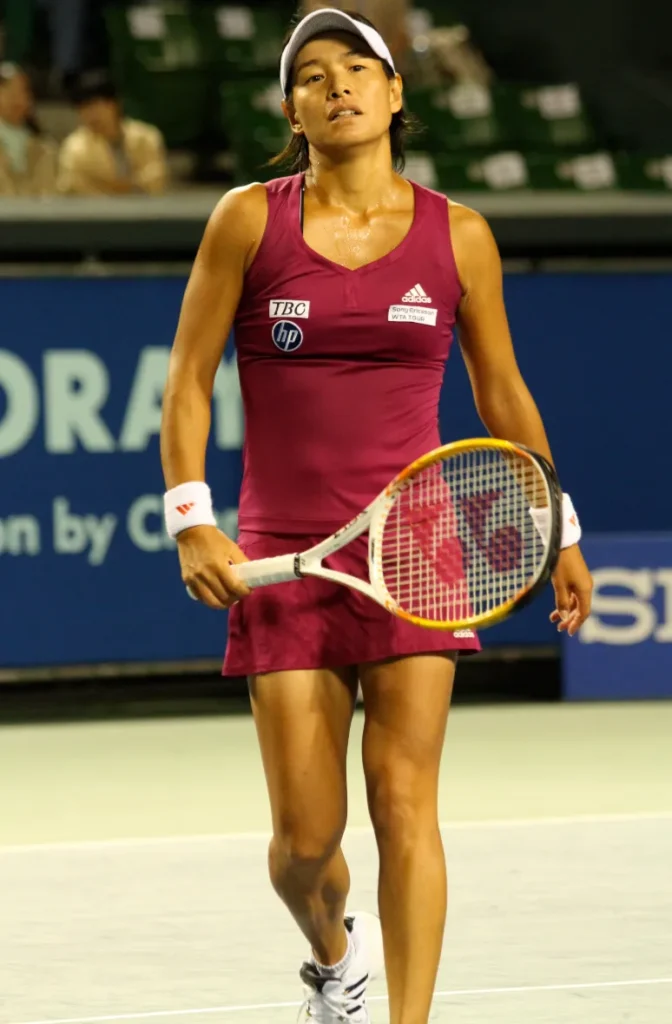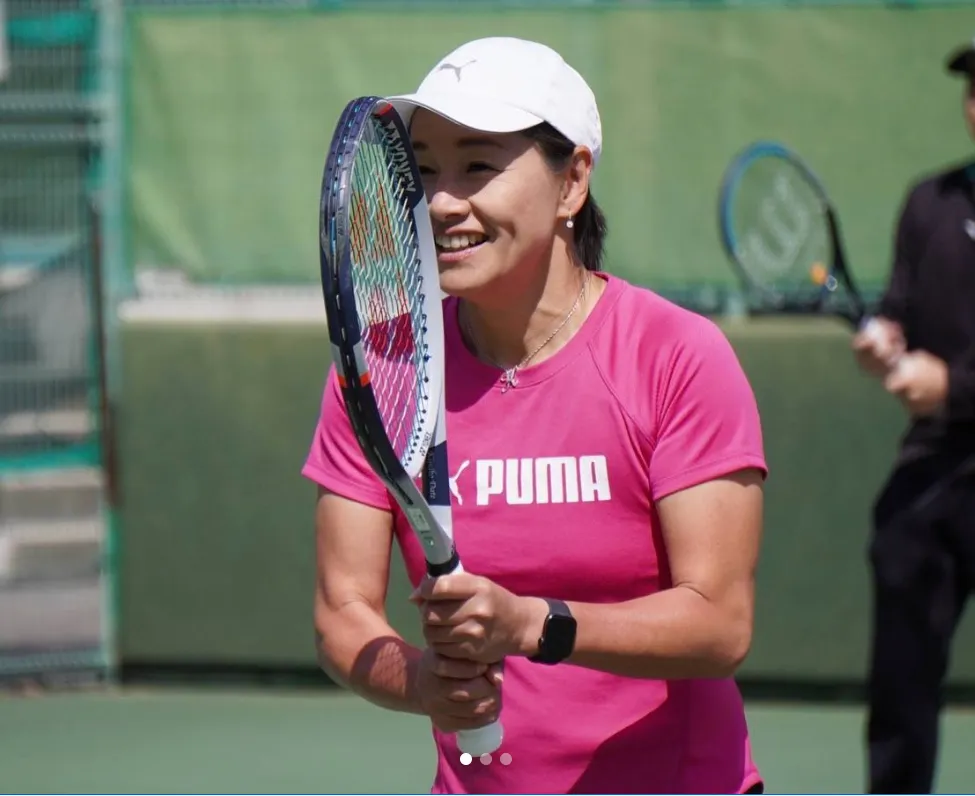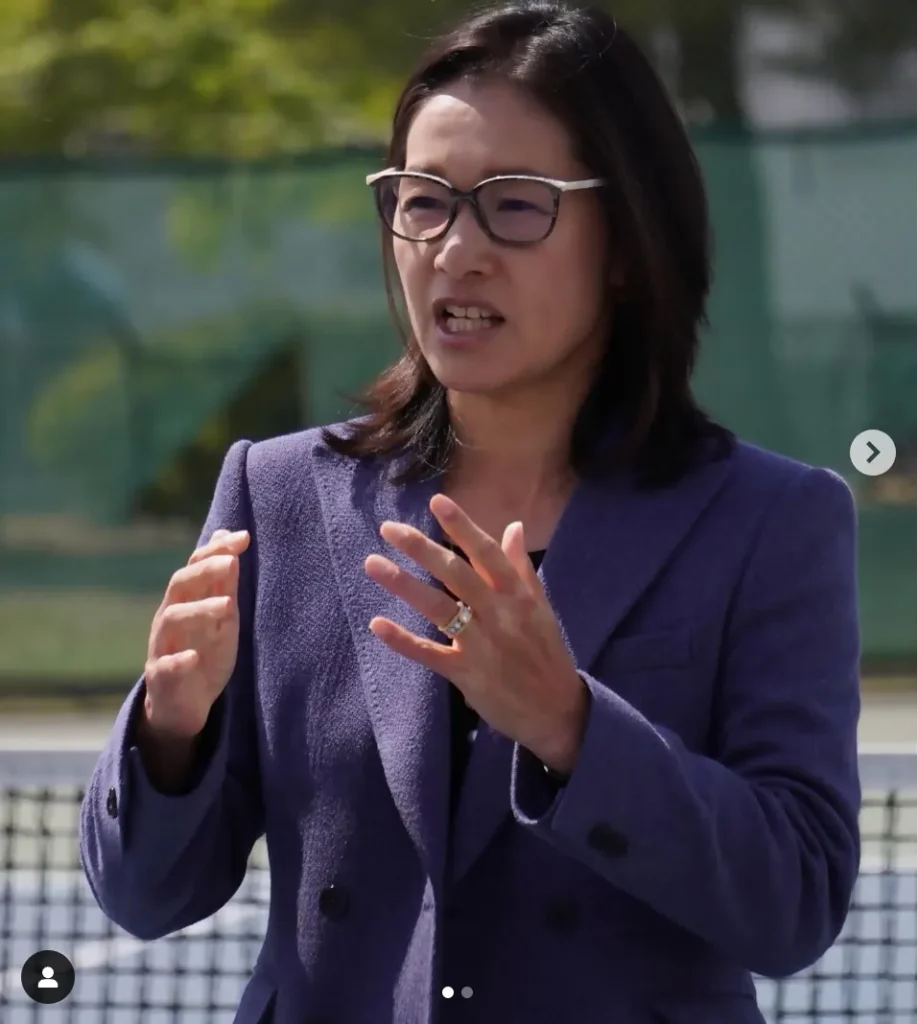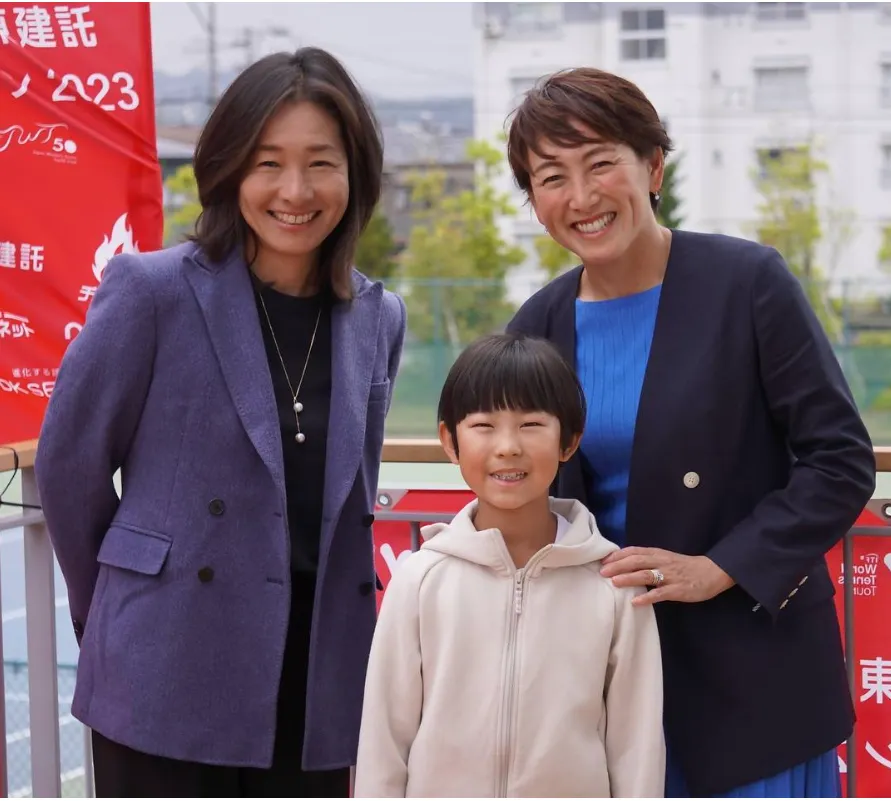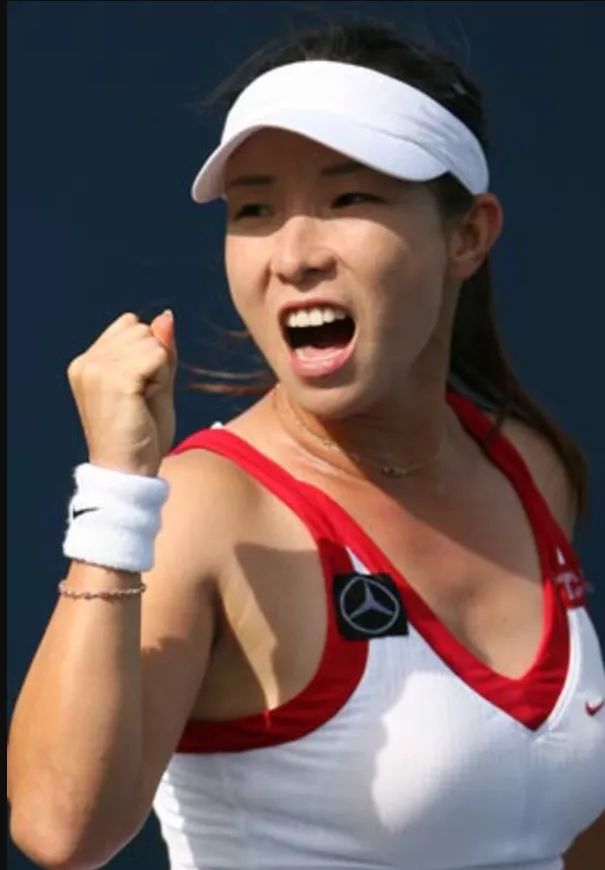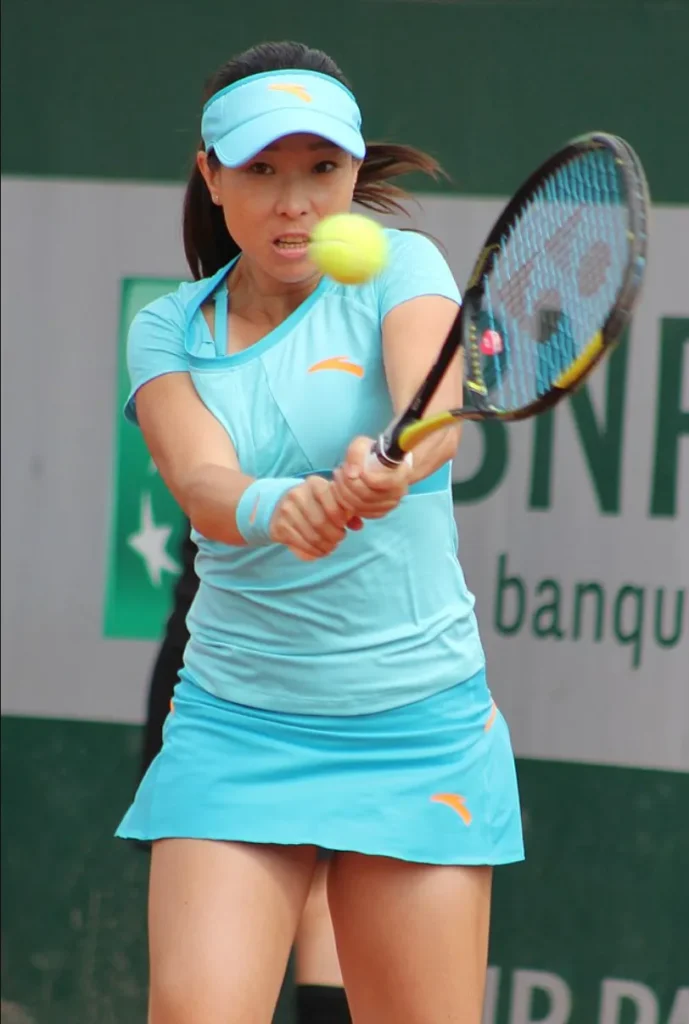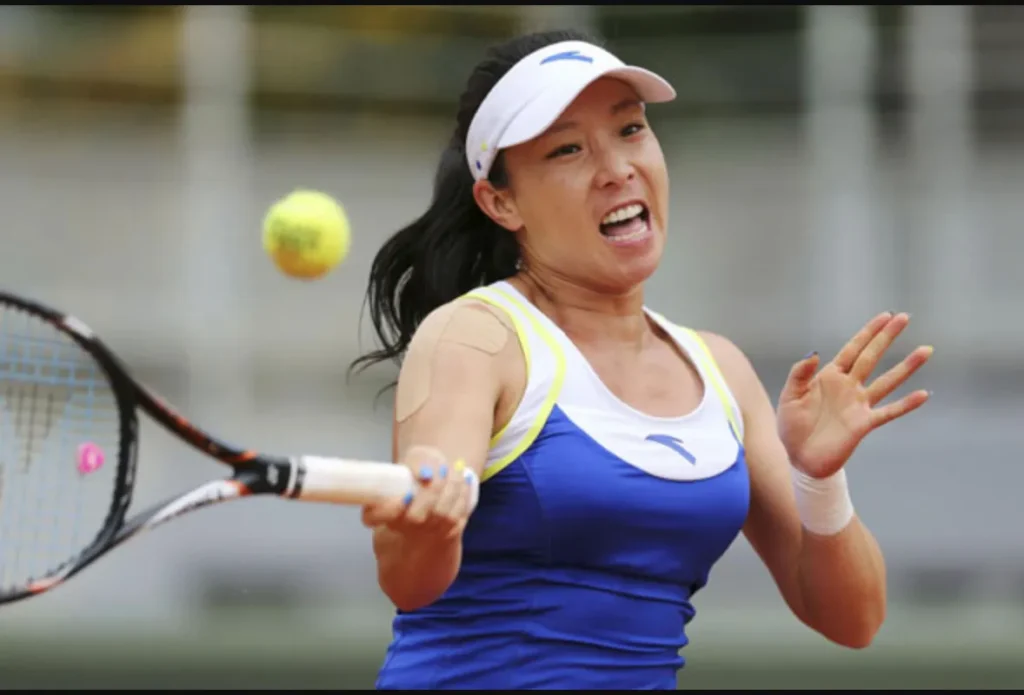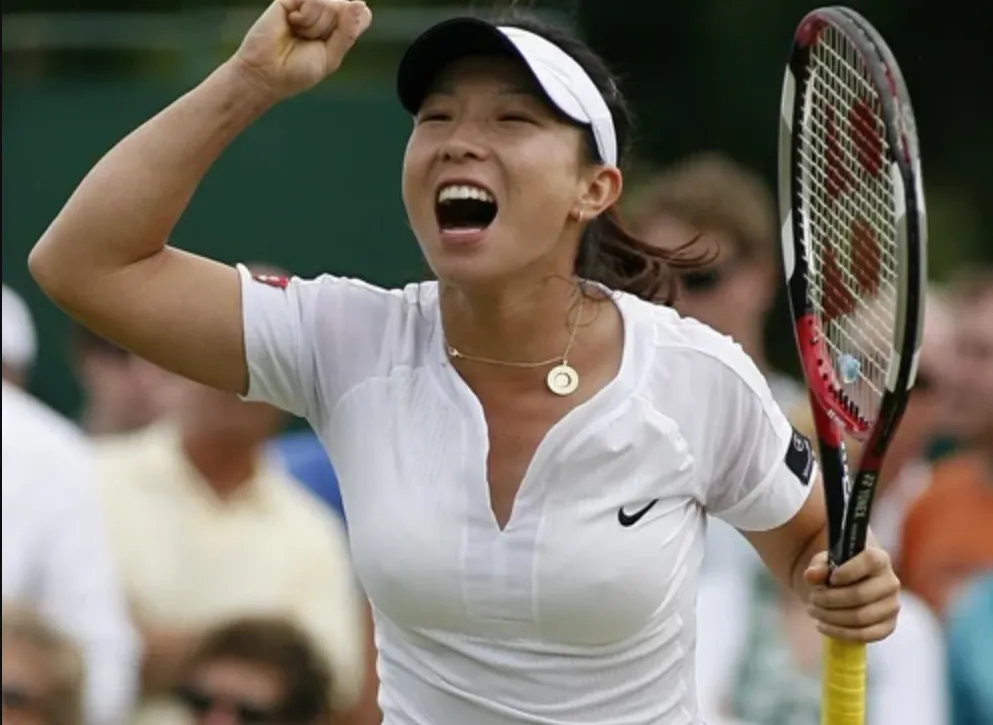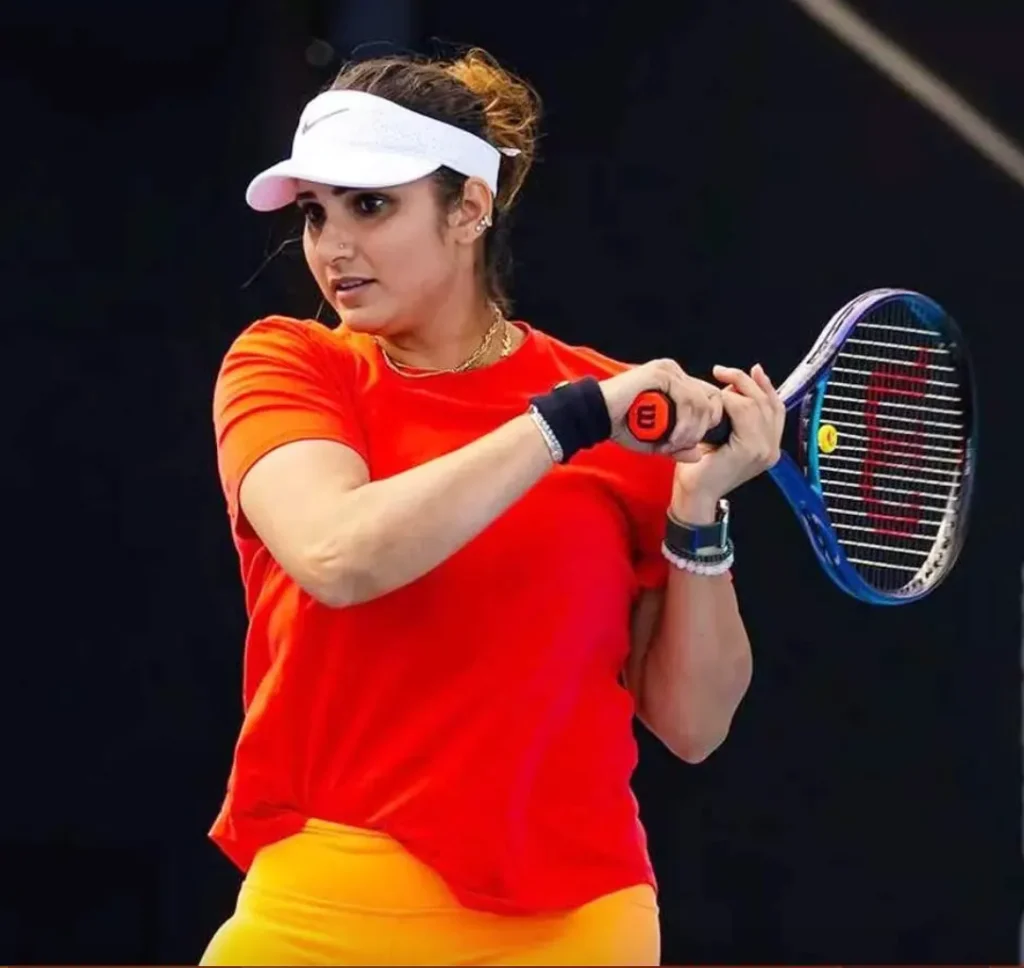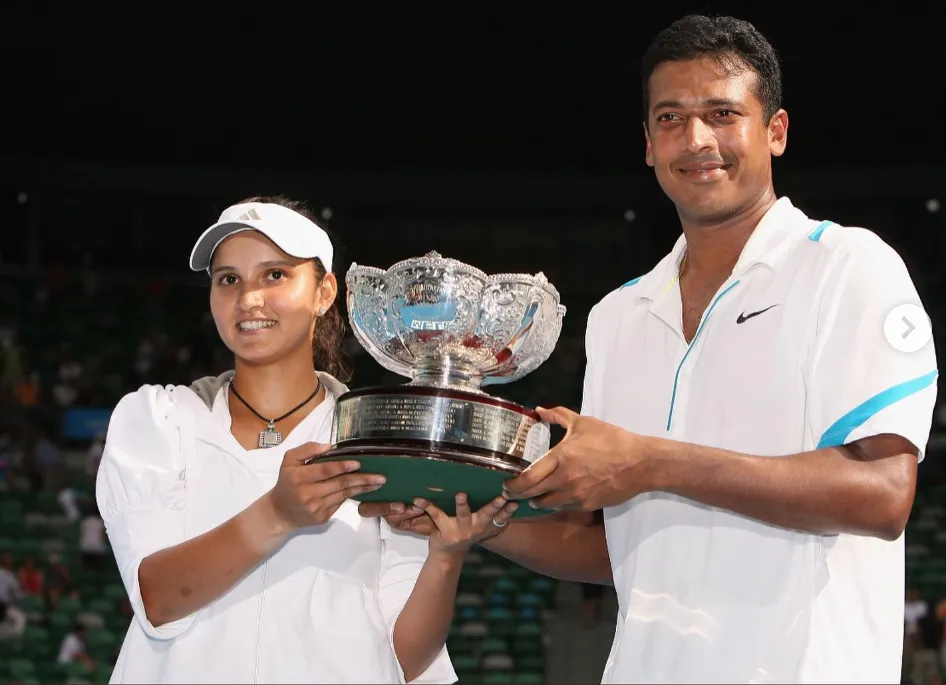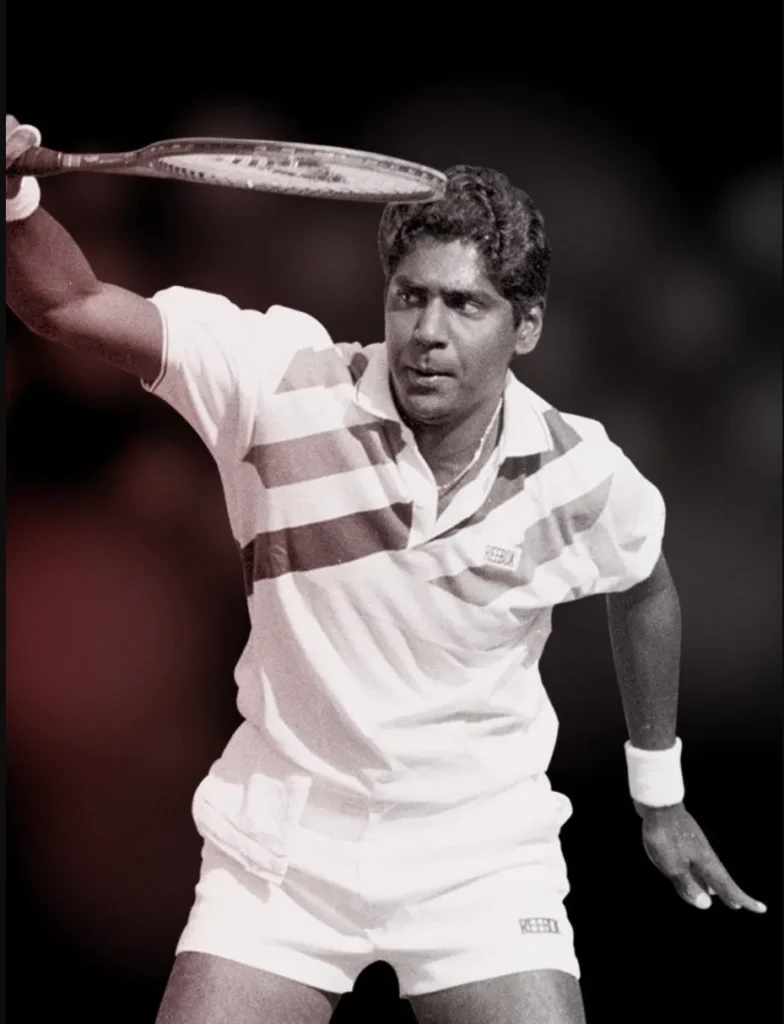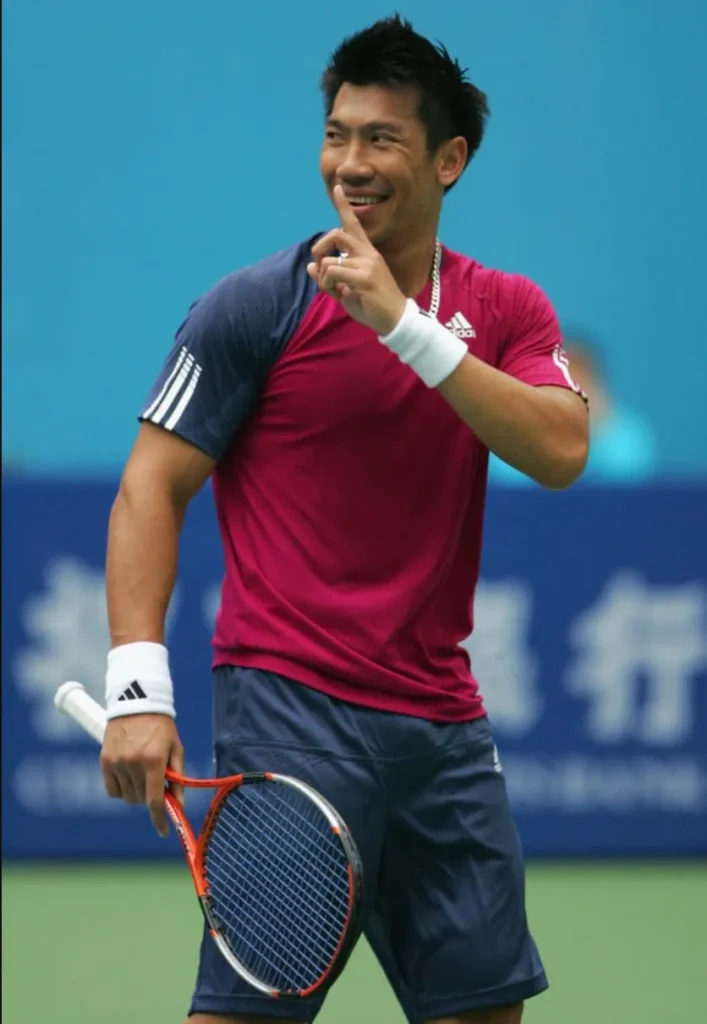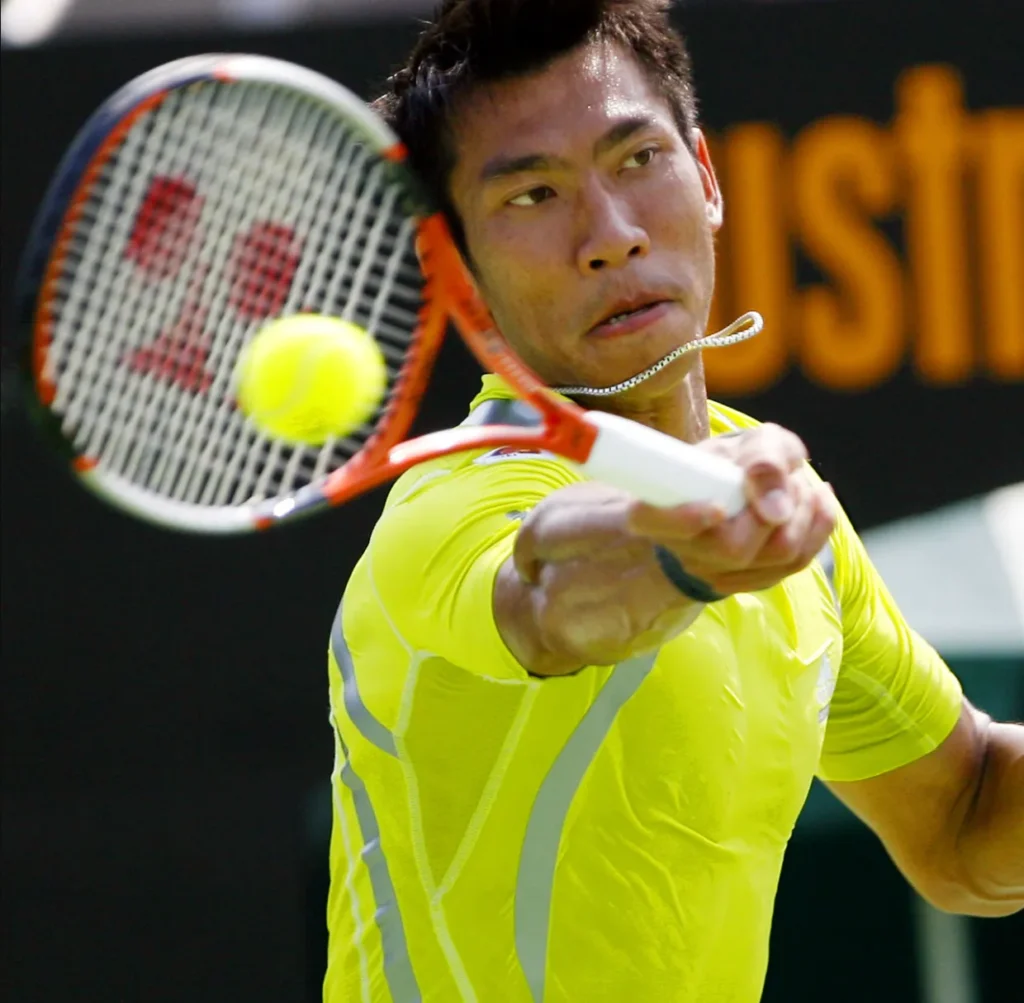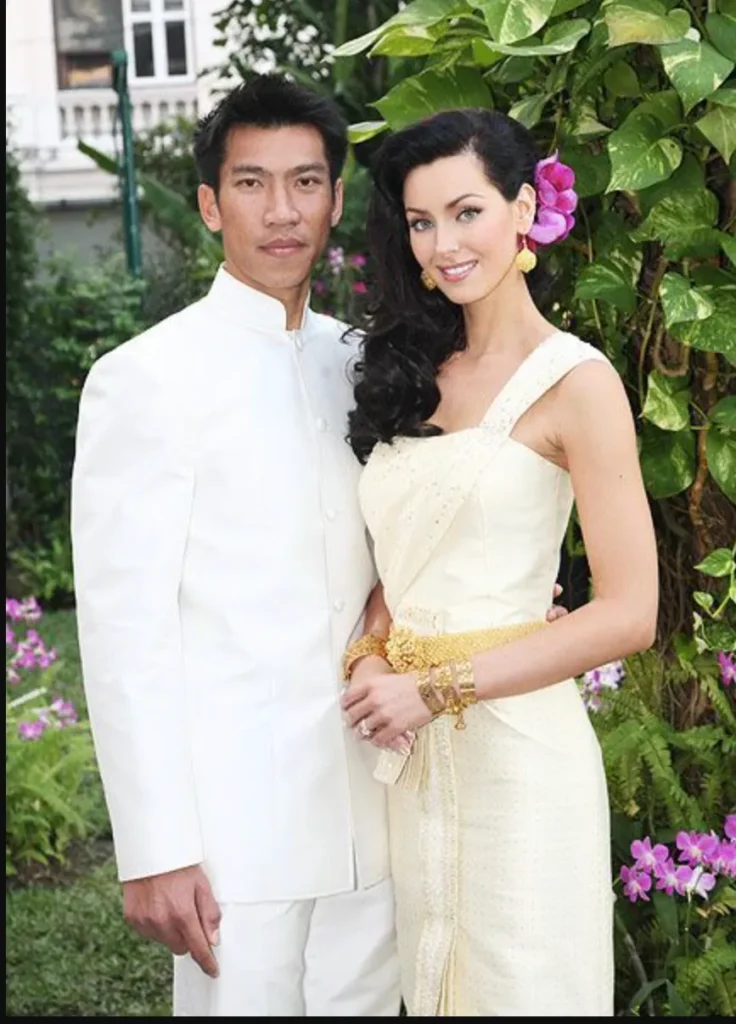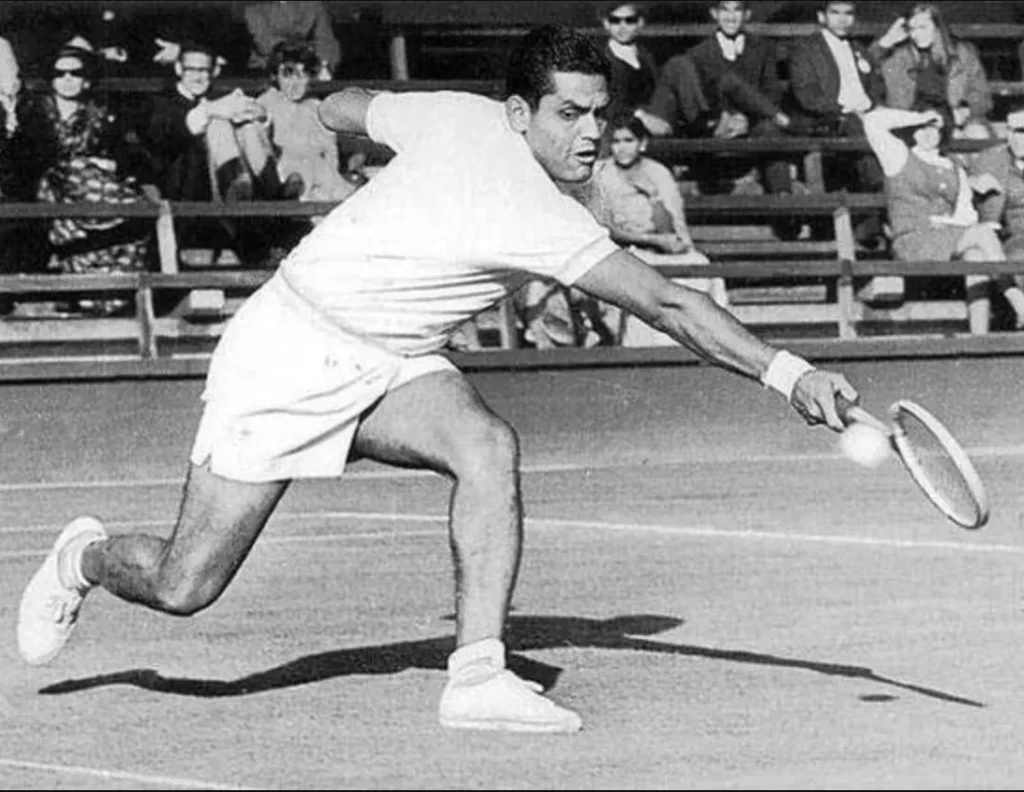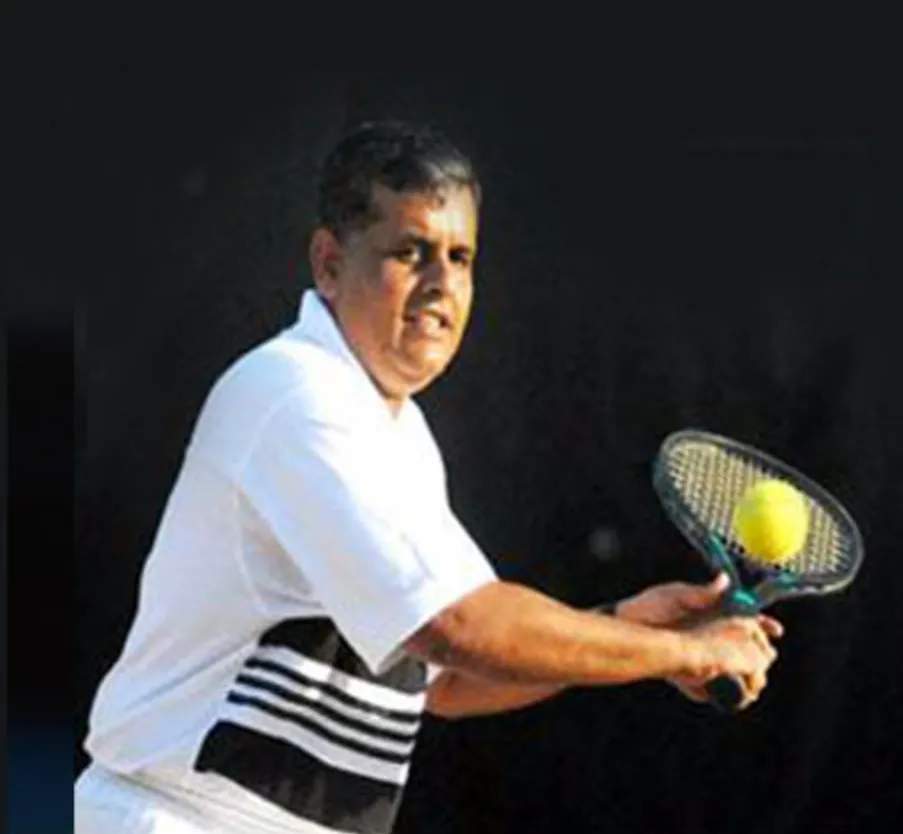Table of Contents
Tennis, a thrilling sport that demands agility, accuracy, and mental toughness, has enthralled spectators worldwide for decades. A talent explosion from Asia has been seen in the sport recently. Asian tennis players are impacting the world platform, from tennis powerhouses like Japan and China to lesser-known countries like Taiwan and Uzbekistan. In this piece, we explore the experiences, triumphs, and struggles of these extraordinary sportsmen who, in addition to bringing honour to their nations, have inspired an entire generation of young tennis players throughout Asia and beyond.
With both Naomi Osaka & Hyeon Chung having significant success thus far this year, Asian Tennis is once again on the upswing. Peter Hampshire evaluates Asia’s historical stars, yet the continent has produced many greats in the past.
Asian Tennis’s Ascent: A Phenomenon in Focus
Tennis players from Asia have made significant advancements in the last 20 years, threatening the traditional supremacy of European & American players. This surge may be linked to some variables, including increasing infrastructural investment in Tennis, improved coaching initiatives, and rising Asian youth interest in the sport. The tennis world has taken notice of Asian tennis players’ accomplishments, which has increased their visibility on the world stage.
Rising Stars: Asian Tennis’ Trailblazing Players
Tennis players from Asia include trailblazers who have broken barriers and achieved exceptional success. Li Na, the initial Asian Major Slam singles winner, became a source of inspiration for young Chinese tennis players. Other prominent players include Indian Sania Mirza, previously the world’s #1 in doubles, and Japanese Kei Nishikori, who made it to the U.S. Open final in 2014. These athletes have not only made their countries proud, but they have also encouraged a new generation to pursue great dreams.
List of Top Asian Tennis Players
Kimiko Date (Japan)
The date had an illustrious career that included four Japan Open wins and eight titles, earning about $4 million in prize money.
The veteran played in the Australian Open, French Open, and Wimbledon finals three times before retiring in 2017 at 46. On the strength of her 1995 performance in the last four at Roland-Garros, she rose to a career-high of No. 5 in the world.
Soon after her success at Wimbledon in 1996, she had a twelve-year break from competitive Tennis. She made a comeback in 2002. She created history in 2009 when, behind Billie Jean King, she was the second-oldest woman to secure a WTA Tour singles championship with her victory at the Korea Open, which she won in just one day.
Follow Kimiko Date on Instagram
Zheng Jie (China)
She gained notoriety in 2005 when she won her first WTA Tournament title at the prestigious Hobart International. In 2006 and 2012, she added two additional trophies to her collection.
Her finest Grand Slam performances occurred in the Wimbledon semifinal in 2008 and the final 4 at the Australian National two years later. At SW19, she competed as a wildcard and defeated Dominica Cibulkova and Ana Ivanovic before falling to Serena Serena in straight sets in the semifinals. In Melbourne, Justine Henin put a stop to her impressive run.
However, Zheng achieved Grand Prix success in the women’s doubles in 2006, winning the Australian Championships and Wimbledon with her countrywoman Yan Zi.
Sania Mirza (India)
Mirza has just one WTA singles championship throughout her time on the tour and peaked at number 27 among the positions, but she has had remarkable success in the women’s doubles or mixed doubles divisions, taking home a total of six Grand Slam titles while also winning the doubles event at the WTA Tour’s Year-End Championships twice.
With the exception of the French Open, she has won three Grand Slam doubles championships with Martina Hingis. She has won 2 mixed doubles Slams, one with Brazilian Bruno Soares and one with fellow countryman Mahesh Bhupathi.
Follow Sania Mirza on Instagram
Mahesh Bhupathi (India)
Despite never succeeding in singles during his playing days, Bhupathi was unbeatable in doubles. When he and Rika Hiraki of Japan won the 1997 French Open together, he became the first Indian to accomplish the feat of a Grand Slam.
He won four men’s Grand Slam doubles championships (all but three alongside Leander Paes and one partnering Max Mirnyi) and eight more Grand Slam doubles championships, the latest of which he won in 2012 with Mirza.
Follow Mahesh Bhupathi on Instagram
Vijay Amritraj (India)
Amritaj had a lot of responsibility to fulfil as she continued the legendary Ramanathan Krishnan’s career. Amritaj, who had already reached four Great Slam singles quarterfinals, also played in the 1976 double tournament with her brother Anand.
He led India to two Davis Cup finals and held the title of Asia’s top player for over a decade while defeating players like Ivan Lendl, Bjorn Borg, and John McEnroe. His career high in singles victories was 16, and he won 18.
Currently, a well-liked analyst, Amritaj has also had acting roles in Star Trek and Octopussy.
He finished with a total of 52 doubles victories and is one of just eight players to complete a mixed doubles career Grand Slam.
Paradorn Srichaphan (Thailand)
Srichaphan pioneered Asian Tennis, winning five titles that paved the way for later Asian players. The 38-year-old player will be remembered for his endearing demeanour and instantly recognised playing style, which helped him become the first Asian-born individual to enter the ATP Top 10.
Srichaphan, who reached the ninth spot in the rankings in 2003, never advanced past the fourth round of a Grand Slam due to his aggressive style, although he did record victories over Rafael Nadal, Andy Roddick, and Marat Safin along the road.
Follow Paradorn Srichaphan on Instagram
Ramanathan Krishnan (India)
One of India’s greatest tennis accomplishments is undoubtedly making the last four at Wimbledon in 1960 and 1961. Anyone who would undervalue the man in Nagercoil should note that he won the boys’ championship at SW19 at 17.
Krishnan’s ‘touch tennis’ technique gained popularity all over the world thanks to notable victories over Rod Laver et Roy Emerson. The French Open quarterfinalist won 55 singles championships and peaked at number six in Lance Tingay’s amateur rankings. He was an elegant player who never used force to defeat opponents.
Overcoming Obstacles: Success of Asian Tennis Players
The rise to the top of the tennis world has been fraught with difficulties peculiar to Asian players. They faced challenges, including language limitations, variations in culture, and the need to do well in school, to name just a few. However, they have advanced thanks to their tenacity, discipline, and constant support from loved ones and tennis federations. These sportsmen’s accomplishments prove the Asian athletes’ unwavering spirit.
Programmes & Participatory Development for Shaping the Future
Asian nations have taken substantial measures to promote tennis expansion at lower levels after seeing the sport’s potential. Numerous initiatives have given young players the resources and exposure they need to compete at the highest level, including creating tennis academies, greater financing for training facilities, and hosting international tournaments. These initiatives aim to develop great athletes and make the sport more accessible to the general public.
Asian Tennis Professionals in the World: Significant Successes
Tennis players from Asia have had incredible success internationally, breaking records and writing history. With athletes like Naomi Osaka, the Japanese player who became the very first Asian woman to occupy the top place in the WTA ratings, and Shih Su-wei, who created waves with her unconventional playing style, the influence of Asian athletes in singles as well as doubles sports cannot be underestimated. Their accomplishments have boosted the prominence and acclaim of Asian Tennis internationally and brought pride to their individual countries.
The Way Ahead: What Asian Tennis Can Expect in the Future
With a rising young, skilled generation of players, Asian Tennis has a bright future. Significant investments are still being made in the sport by nations like Japan, China, and South Korea, ensuring new athletes get the finest instruction and chances. Numerous young sportsmen from all across the continent have been motivated by the success of Asian tennis stars, fostering a positive growth cycle in talent. We may anticipate that Asian tennis players will continue to significantly contribute to the global court community as the sport’s infrastructure and support expand.
FAQ’s
Q. Who has ever had the most success in Tennis in Asia?
The most accomplished Asian tennis player of all time is said to be Li Na from China. In addition to winning two Major Slam singles tournaments—the 2011 French Open & the 2014 Australian Open—she also achieved a career-high global number two ranking.
Q. What effects has tennis’ worldwide growth in Asia had?
The growth of the Asian continent has greatly impacted Tennis. Asian tennis players have boosted competitiveness, diversity, and innovative playing techniques. Due to their success, Tennis has gained greater recognition and interest from Asian audiences, broadening its appeal internationally.
Q. What obstacles must Asian tennis players overcome to succeed?
Tennis players from Asia must overcome a variety of obstacles to succeed. Language obstacles, cultural differences, a lack of resources, & the pressure to do well academically are some of these difficulties. However, they could overcome these challenges and succeed because of their tenacity, diligence, and support networks.
Q. Are there any programmes in Asia to promote Tennis among the general public?
Yes, there are many programmes to promote Tennis in Asia at the grassroots level. Numerous Asian nations have built tennis academies, boosted financing for practice areas, and set up grassroots development initiatives. These programmes are designed to give young athletes the tools, coaches, and chances they need to hone their abilities and ignite their enthusiasm for the game.
CONCLUSION
Asian tennis players are now an opponent to be dealt with, upsetting the norm and introducing an entirely novel type of competition to the sport. Their outstanding accomplishments have inspired a whole generation of young athletes in Asia in the international arena and have been motivated to attain greatness. Asian tennis players have left their imprint on the sport by overcoming obstacles, supporting grassroots growth, and shattering stereotypes, paving the way for a promising future. The inspiring tales and victories of these players will definitely inspire and resonate with fans all across the world as Asian Tennis continues to grow in popularity.
Read More
